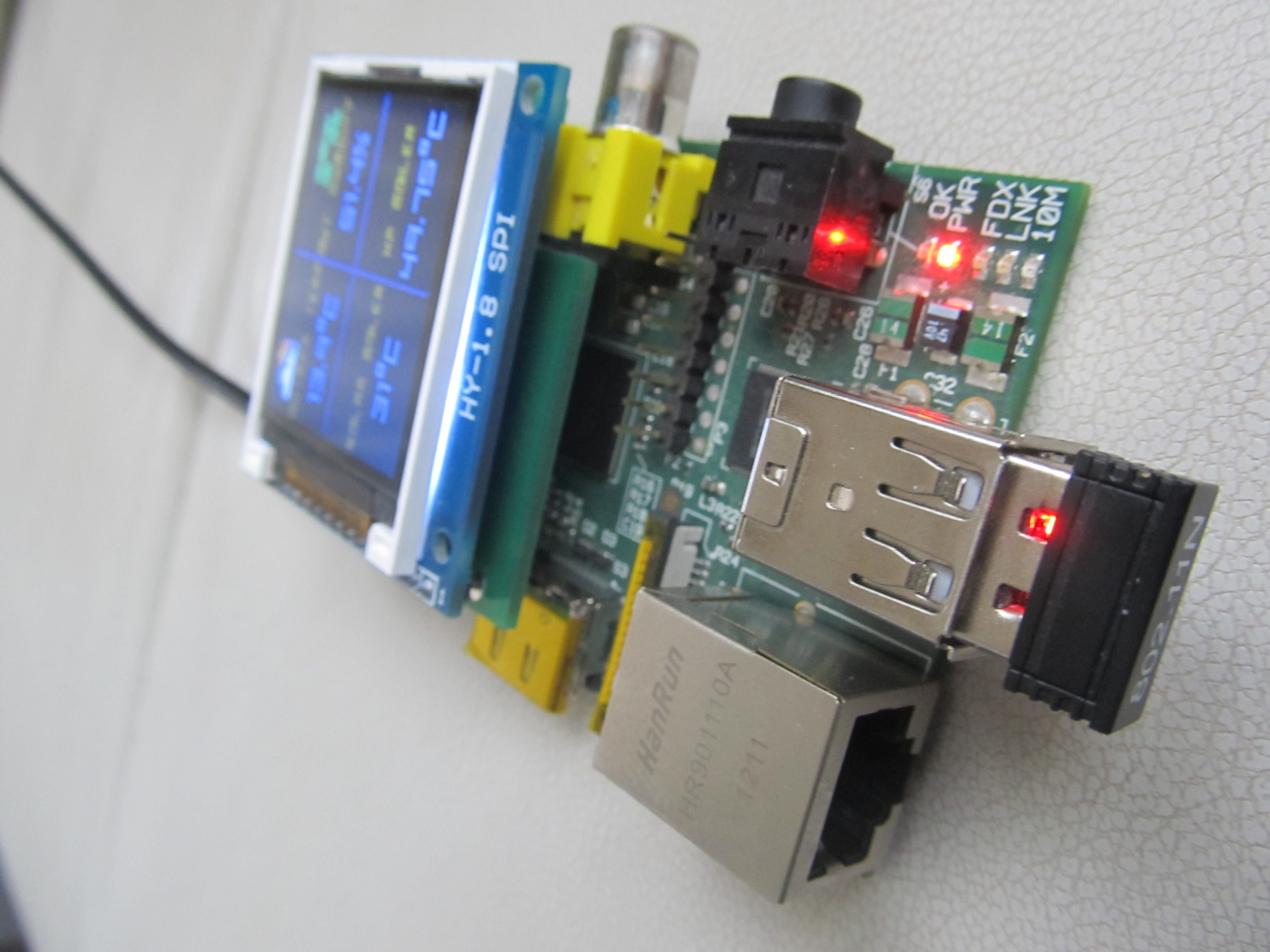So… I’m going to start my ramblings by talking a bit about my trek through configuring a damn Raspberry Pi to work the way I wanted to. Specifically, I wanted to be able to SSH into the damn thing whenever I may so desire, regardless of what device I have with me or what networks I create…
Note: throughout this post I’ll be considering a complete lack of peripherals: keyboard, mouse, screen, etc. Anything other than the SD card and a WiFi dongle.
That means making a hotspot out of the Pi itself
Fortunately, I had one of the few adapters known to be able to host a network, so I started playing around… from around 00:00 in the night to about 6am. It wasn’t working right.
In the end, I now have a functional default behavior on the Pi: create a password-protected APN with 1
hostapd
1
udhcpd
1
wpa_supplicant
This way, whenever I’m going somewhere new, I can just get the Pi out, connect to it with WiFi, configure a network, and then go online with both my laptop and Pi at the same time. It’s a very good backup and boot for working with a Pi anywhere without keyboard and mouse and a screen and whatnot.
I’ll update in the morning with a link to the guide I followed.
Some tips I can give to people…
-
If you’re configuring a static IP to use with
1
hostapd
1
udhcpd
1
/etc/network/interfaces
-
Do NOT attempt to do anything crazy, or confuse ad-hoc networks with APNs, routers, and so forth. The guide that I followed was meant to pipe an ethernet connection into a wifi one, but for the most part, excepting the
1
iptables
1
raspberry pi create wifi ad-hoc network
-
Create some of your own boot scripts so that you may switch modes whenver you want. For example, I had something like:
#!/bin/bash
# Switch network mode to "other", aka look for existing networks
# instead of broadcasting the secure dev backup
# File: other.sh
# Shut down the APN services
sudo service hostapd stop
sudo service udhcpd stop
# Switch interfaces (so I don't have to do IPs and modes manually)
# – note, backups exist in .other and .own format
sudo cp /etc/networks/interfaces.other /etc/networks/interfaces
# Restart networking to start looking for other networks
sudo /etc/init.d/networking restert
# Or this, why not?
# sudo ifdown --force wlan0
# sudo ifup wlan0
# And now, just to make sure that network 0 is being enabled
# – note, this is pretty much hardcoded. Optimally, one should
# get at least the number of networks in wpa_supplicant,
# iterate through them, and enable them. Also, note that this
# is not mandatory, as eventually wpa will connect you down the
# road, especially if you're using wpa-roam instead of wpa-conf
# in the interfaces file
sudo wpa_cli enable_network 0to use to stop broadcasting its own network, and start looking for configured ones (be a consumer). Normally, if you try to run this through ssh, you might fail due to the connection being broken before setting the interfaces, for example. A simple fix is to use screen to deal with it, like so: 1
screen -bm bash other.sh
Well, I’ll update this in the morning with more juicy bits.
